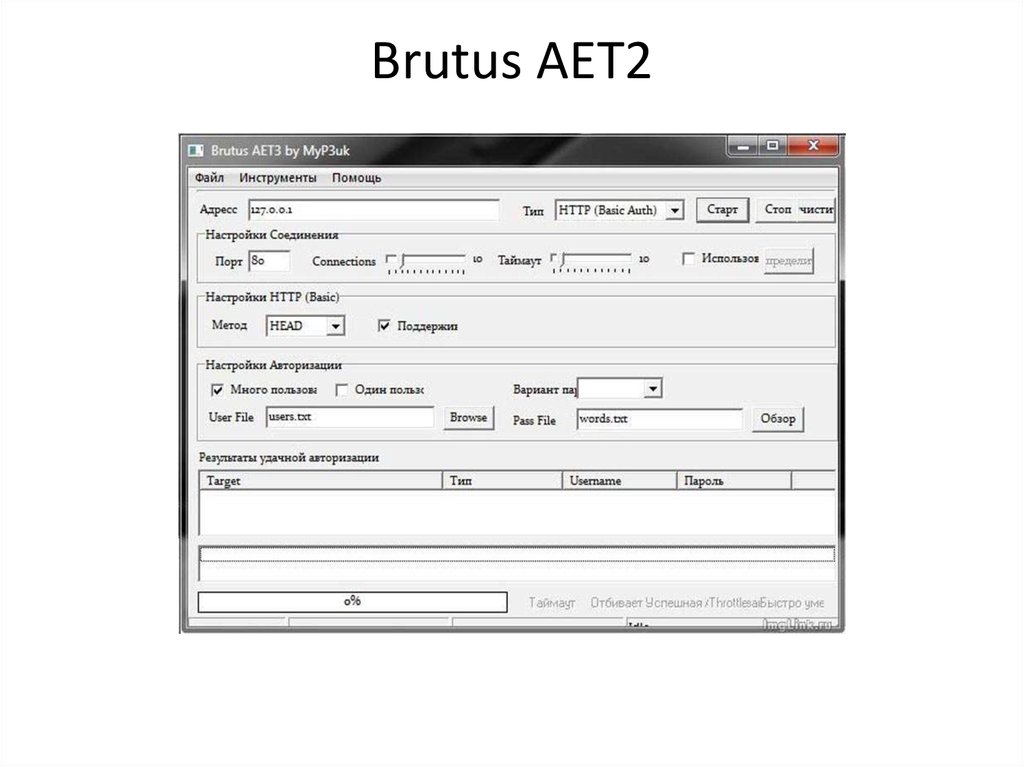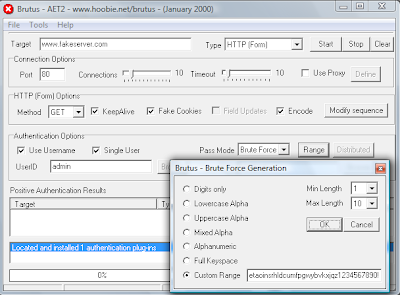

- BRUTUS AET2 TWITTER PASSWORD
- BRUTUS AET2 TWITTER FREE
Generally trouble free methods include HTTP (Basic Auth) which is pretty fast, does not include lockouts or authentication delays – however the results may not be much use as often HTTP (Basic Auth) account information is separate from system account databases. Will a positive authentication against the service actually be useful for the overall objective? (Yes helps)īasically, the fastest most reliable attack method is always the one to choose if you have a choice.Is the service supported by Brutus, if not can it be defined? (Yes is essential).Does the target service allow us to maintain a persistant connection? (Yes is good).Does the target service feature account lockouts or large delays before returning the result of the authentication attempt? (Yes is bad).
Username & password & domain?) (Single tends to be easier) just a password) or multiple tokens (e.g.
Does the target service require a single token (e.g. Is the target service available to any remote system? ( Yes is good). Some target systems will provide no opportunity for attack (at least not a remote authentication attack), perhaps they offer no remote services, perhaps they only offer anonymnous remote services (that require no authentication) or perhaps they offer authenticated remote services but use mechanisms to prevent authentication attacks such as account lockout or one time passwords of some sort.Īgain, that depends on some factors which may include : For both these services the required credentials are usually a username and a password, therefore we have two available attack methods : FTP or Telnet. Both telnet and FTP require the remote user to authenticate themselves before access is granted. For instance a UNIX server sat on a network somewhere may be offering Telnet and FTP services to remote users. In the context of Brutus, it is a service provided by the target that allows a remote client to authenticate against the target using client supplied credentials. A target may provide no available attack methods, it may provide one or it may provide several. To engage any given target we require an attack method, generally we only perform one type of remote attack – that is we attempt to positivley authenticate with the target by using a number of access token combinations. As far as Brutus is concerned a target is a remote system and possibly a remote user on a remote system, there is more. To obtain any valid access tokens on a particular target where only target penetration is required. To obtain the valid access tokens for a particular user on a particular target. Examples of a supported target system might be an FTP server, a password protected web page, a router console a POP3 server etc. Brutus is used to recover valid access tokens (usually a username and password) for a given target system. More specifically it is a remote interactive authentication agent. 
In simple terms, Brutus is an online or remote password cracker. Brutus – Introduction & Overview Jan 28th 2000






 0 kommentar(er)
0 kommentar(er)
